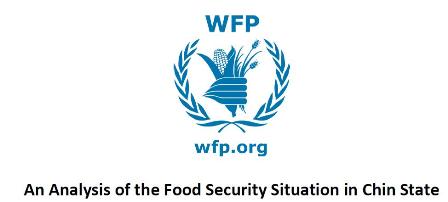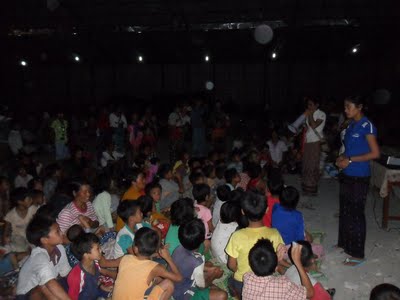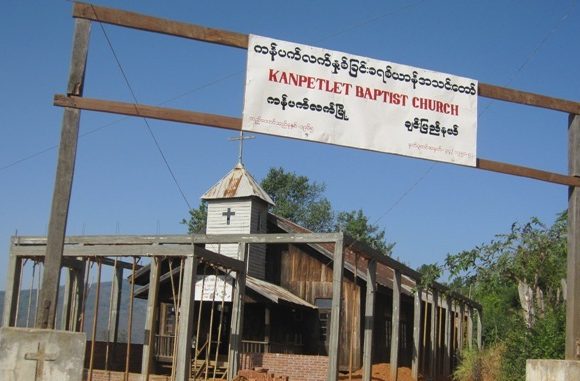WFP: Food Security Situation in Chin State Remains Critical

02 December 2010 (Chinland Guardian): The food security situation caused by the bamboo-and-rat natural phenomenon remains ‘critical’ in Chin State of Burma, according to the recent report ‘An Analysis of the Food Security Situation in Chin State’ released in October 2010 by WFP (World Food Programme).
Based on data collections and surveys conducted in eight of the nine townships in Chin State, the report says there will be a significant reduction in crop productions for many households this year due to infestation of rodents, high expenditure on food and unsustainable coping mechanisms including sales of livestock, taking food on credit, and reducing meals.
81 percent of the households were classified as having ‘inadequate’ food consumption and 87 perecent taking credits and having debts just to pay for food, health and education costs.
“On average, credits were as high as 212,200 Kyats per househould, with Falam (309,000 Kyats) and Tiddim (271,000 Kyats). The main reasons for taking credit were to buy food (48%), to cover health expenses (20%), and to send children to school (12%),” the report added.
A week before the assessement was carried out, 73 percent of the families admitted consuming less preferrable quality of food, 52 percent purchasing food on credit, 46 percent reducing the number of daily meals, 50 perecent limiting portion sizes of meals and only 7 percent skipping meals.
SPDC-ignored food crisis, locally known as mautam where the word ‘mau’ means bamboo and ‘tam’ starvation, started from the bamboo-covered areas of Chin State along the India-Burma border in late 2006, seriously ravaging the northern and central parts until early this year and now looming in the Southern remote areas.
Female-headed households are more food insecure than those by male, with an estimated 75 percent of female-headed households in Falam, 60 percent in Hakha, and 40 percent in Tiddim, according to the report.
About 24 percent of the households, the report added, at least one member of their family has migrated to work elsewhere and bring or send money back. The highest migration figures were collected from Tiddim and Hakha with 36 percent and 29 percent respectively.
The report also said that nearly 72 percent of migrants from Chin State are male.
The majority, with about 76 percent having no access to irrigation, depends on rainfall and uses their own means to get water for their crops.
WFP’s Vulnerability Analysis & Mapping Unit (VAM) covered in their assessment a total of 375 households in 25 villages of eight townships such as Tonzang, Tiddim, Falam, Hakha, Thantlang, Mindat, Matupi and Kanpetlet.
The WFP admitted that Paletwa Township was not assessed due to inaccessibility. It operates in partnership with other agencies such as Karuna Myanmar Social Services (KMSS), Adventist Development and Relief Agency (ADRA), CARE International, and Country Agency for Rural Development (CAD).
The World Food Programme (WFP) calls for providing food assistance until the next harvest, and urgent relief aids in the areas affected by the rat infestation, and exploring the possibilities of implementing ‘education programme’ in order to address low gross enrolment rates and high numbers of absentees in schools.
Van Biak Thang
[email protected]






